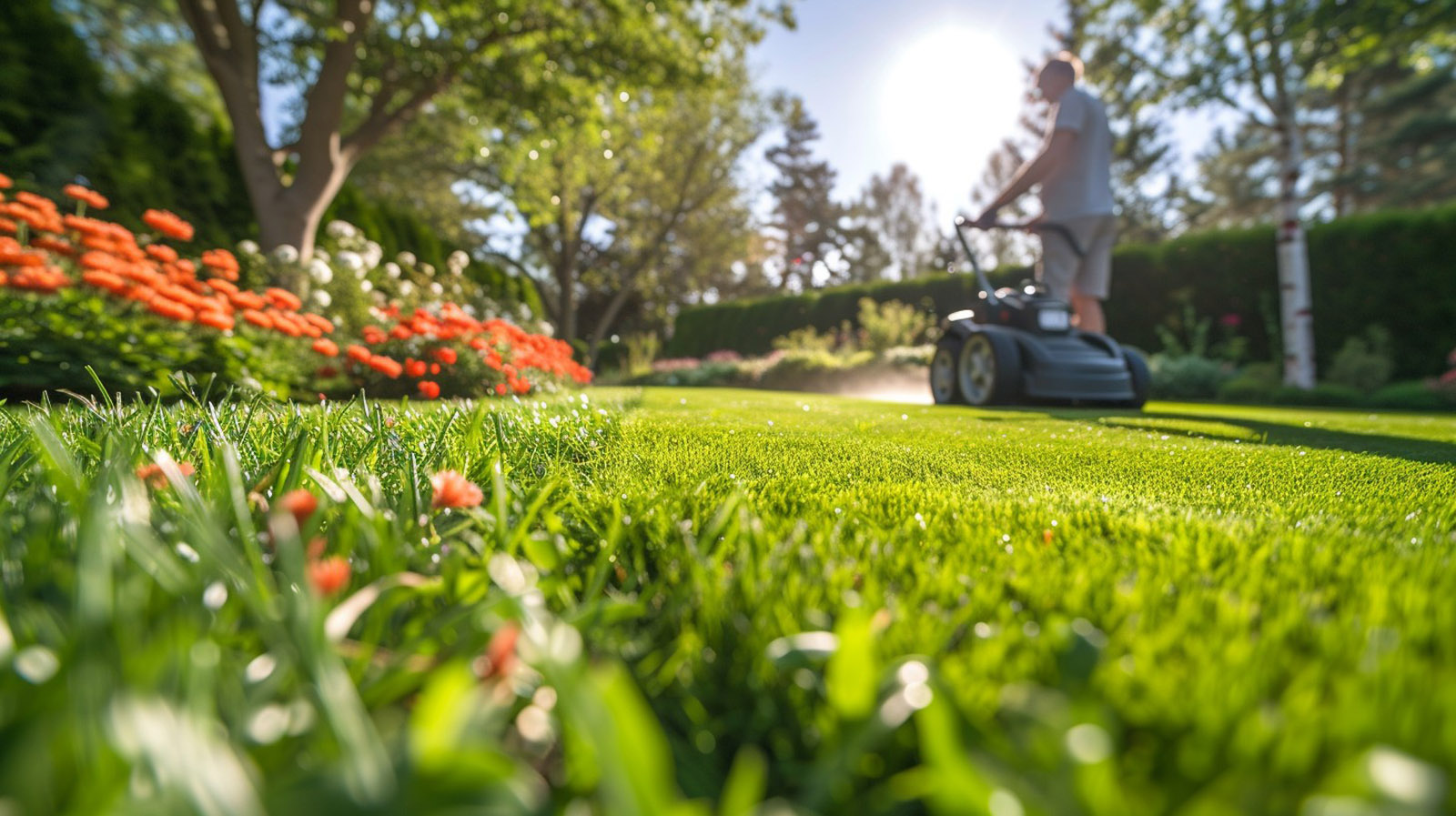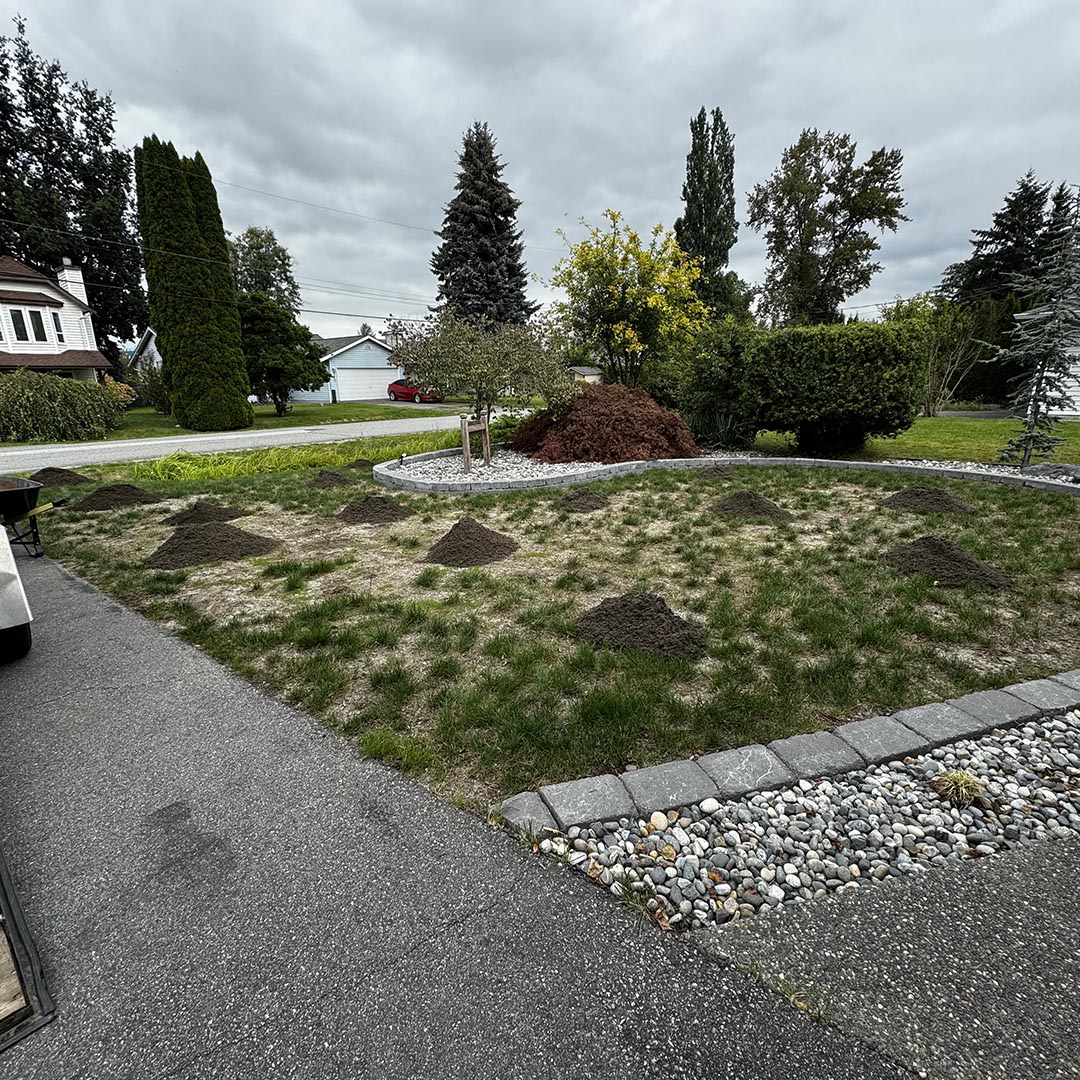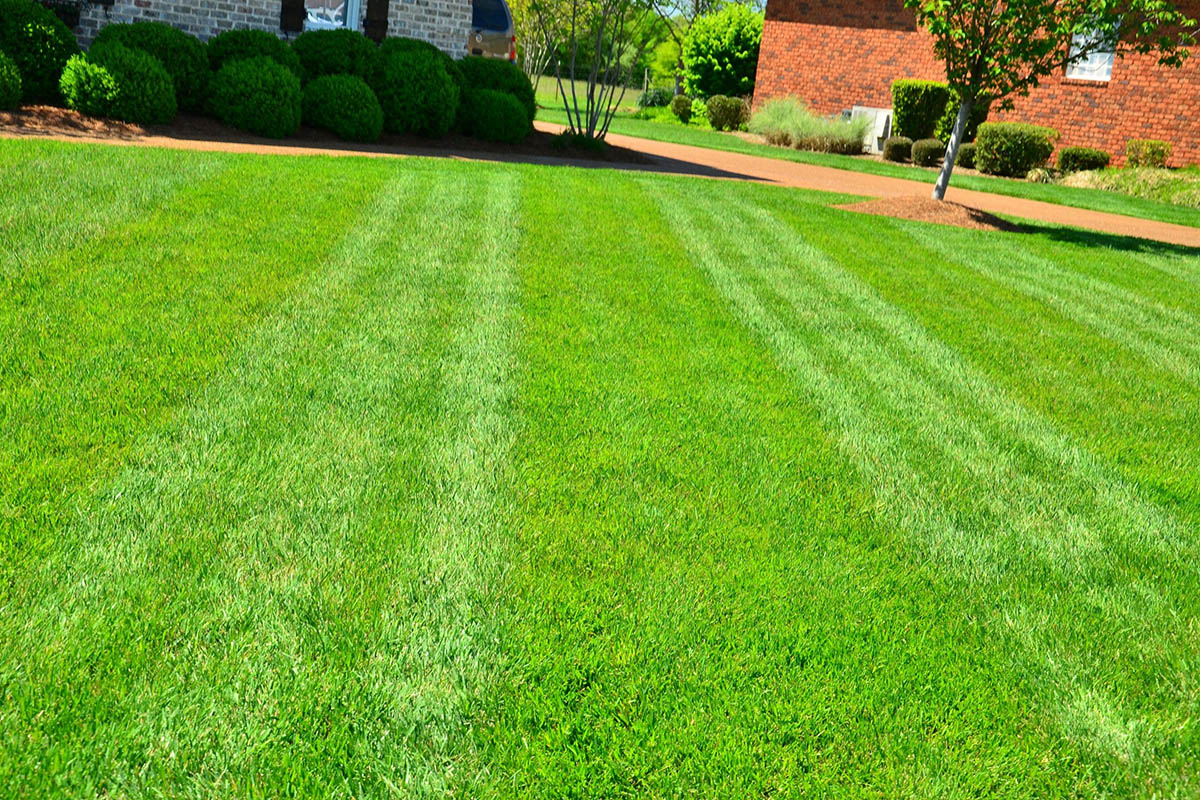
Maintaining a healthy lawn requires more than regular mowing and watering. Two essential practices are dethatching (power raking) and aeration. While both contribute to the overall health of your lawn, they serve very distinct purposes. Understanding the difference between dethatching (power raking) and aeration can help you make informed decisions to enhance your lawn’s health, look and vitality.
What is Dethatching (or Power Raking)?
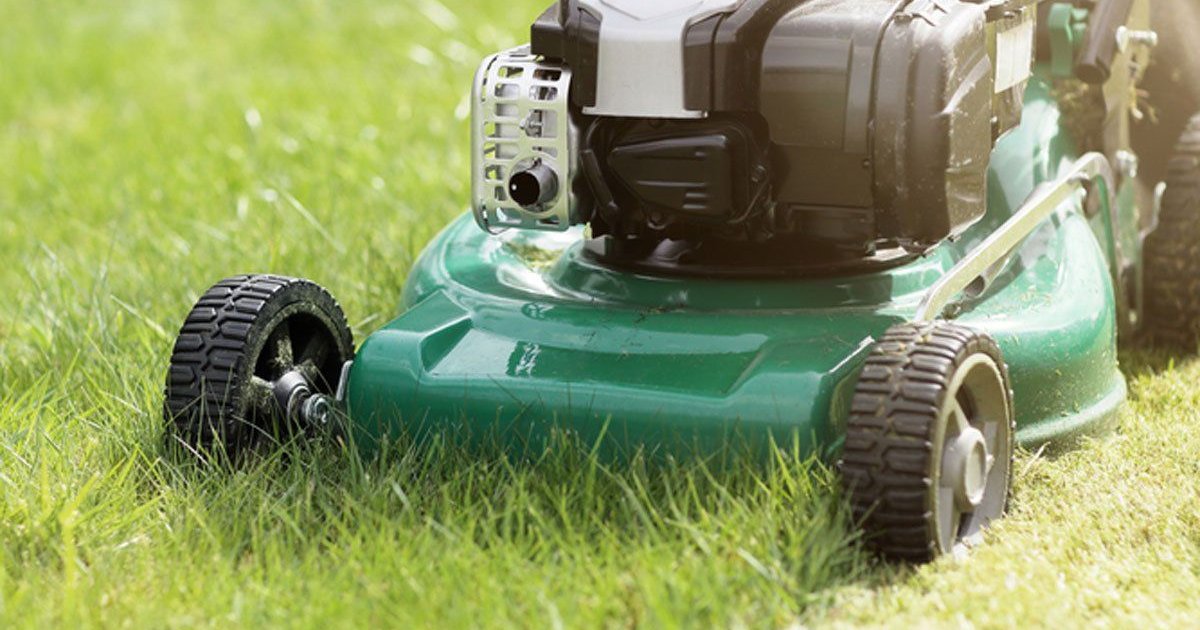
Understanding the Difference Between Dethatching and Aeration
Dethatching (power raking) involves removing the layer of dead grass, roots, and other debris that accumulate between the soil and the actively growing grass blades. This layer, known as thatch, can build up over time, particularly in lawns with warm-season grasses or those subjected to heavy foot traffic. While a thin layer of thatch (up to half an inch) can be beneficial by insulating the soil and reducing water evaporation, excessive thatch (over half an inch) can hinder water, nutrients, and air from reaching the soil and grassroots.
Why is Dethatching (Power raking) Important?
Dethatching is important because it allows for better penetration of water, air, and nutrients into the soil. By removing excess thatch, you reduce the risk of disease, pest infestations, and water runoff. A healthier root environment promotes stronger root growth, leading to a more resilient and attractive lawn.
Methods of Dethatching (Power Raking)
There are several methods to dethatch a lawn, depending on the severity of the thatch layer and the size of the lawn. Manual dethatching involves using a specialized rake or dethatching rake to vigorously remove thatch manually. This method is labor-intensive but effective for small areas or localized thatch buildup.
Power dethatching, on the other hand, utilizes motorized dethatchers (power rakes) or power rakes to mechanically remove thatch. These machines have rotating blades or tines that cut through the thatch and lift it to the surface, where it can be collected and removed. Power dethatching (power raking) is efficient for larger lawns or lawns with thick thatch layers.
What is Aeration?
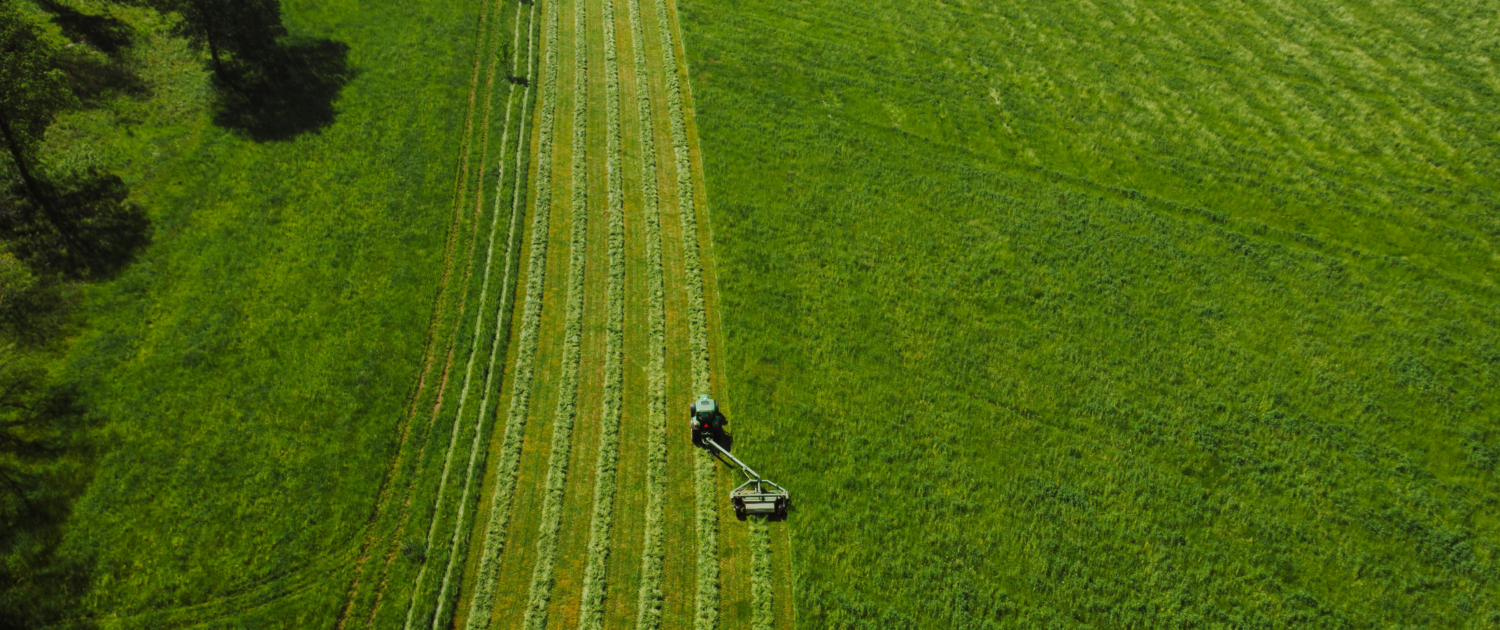
Understanding the Difference Between Dethatching and Aeration
Aeration is the process of perforating the soil with small holes to alleviate compaction and improve the movement of air, water, and nutrients within the soil. Over time, soil can become compacted due to factors such as heavy foot traffic, construction activities, or natural soil composition. Compacted soil restricts root growth and reduces the absorption of essential elements needed for healthy grass growth.
Why is Aeration Important?
Aeration is important because it helps create an optimal growing environment for grass roots. By loosening compacted soil, aeration promotes deeper root penetration, enhances water infiltration and retention, and encourages stronger grass growth. Improved air circulation within the soil also supports beneficial soil organisms and reduces the risk of thatch buildup.
Methods of Aeration
There are two primary methods of aeration: core aeration and spike aeration. Core aeration, also known as plug aeration, involves removing small plugs or cores of soil from the lawn using an aerator machine. These cores are left on the lawn’s surface and eventually break down, incorporating organic matter into the soil and further enhancing soil structure.
Spike aeration, on the other hand, uses spiked shoes, handheld tools, or spike-tined aerators to create holes in the soil without removing cores. While spike aeration is less effective in alleviating compaction compared to core aeration, it can still improve water infiltration and soil aeration in less compacted soils.
Key Differences Between Dethatching and Aeration
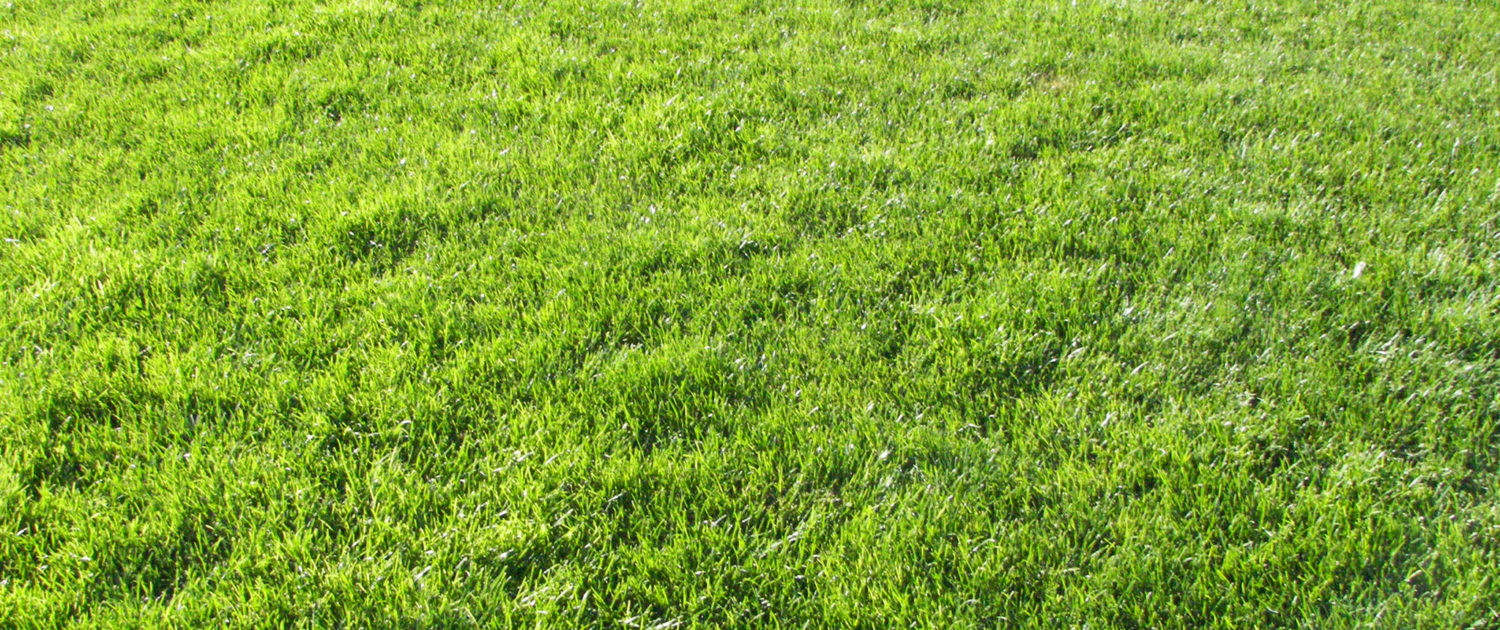
Tackling Troublesome Brown Patches in Your Lawn
- Purpose: Dethatching (power raking) primarily removes the layer of thatch on the soil surface, while aeration addresses soil compaction and enhances soil structure.
- Material Removed: Dethatching (power raking) removes dead grass, roots, and debris (thatch), while aeration removes soil cores or creates holes in the soil.
- Tools Used: Dethatching (power raking) can be done manually with specialized rakes or mechanically with power dethatchers. Aeration is typically performed using core aerators or spike aerators.
- Frequency: Dethatching (power raking) is generally done as needed when excessive thatch accumulates, while aeration is recommended annually or biennially to maintain soil health.
- Benefits: Dethatching (power raking) improves nutrient and water penetration, reduces disease risk, and promotes healthier grass growth. Aeration alleviates soil compaction, enhances root growth, and improves overall soil structure and health.
In conclusion, while dethatching (power raking) and aeration are both crucial practices in lawn care, they serve distinct purposes and address different aspects of lawn health. Dethatching (power raking) removes accumulated thatch to improve soil and grass health, while aeration alleviates soil compaction and promotes deeper root growth. By understanding the difference between dethatching (power raking) and aeration and incorporating both practices as needed, you can ensure your lawn remains healthy, vibrant, and resilient throughout the seasons.

Understanding the Difference Between Dethatching and Aeration
The only thing you need to remember is that maintaining a healthy lawn involves regular maintenance and thoughtful care. By incorporating dethatching and aeration into your lawn care routine, you invest in the long-term health and beauty of your outdoor space. Enjoy the benefits of a lush, thriving lawn that enhances your home’s curb appeal and provides a welcoming environment for relaxation and enjoyment.
